10 Most Recognizable Brands in the World
In essence, it’s about perception. It’s the lens through which your business is viewed by the world and, crucially, your target audience. It’s the cumulative effect of people’s thoughts, feelings, and interactions with about your company. It’s your business’s distinct personality, its core values, its pledge, and its exclusive story, all interlaced to form a coherent narrative. In a nutshell, branding is your business’s unique introduction and message to the world.
Tesla
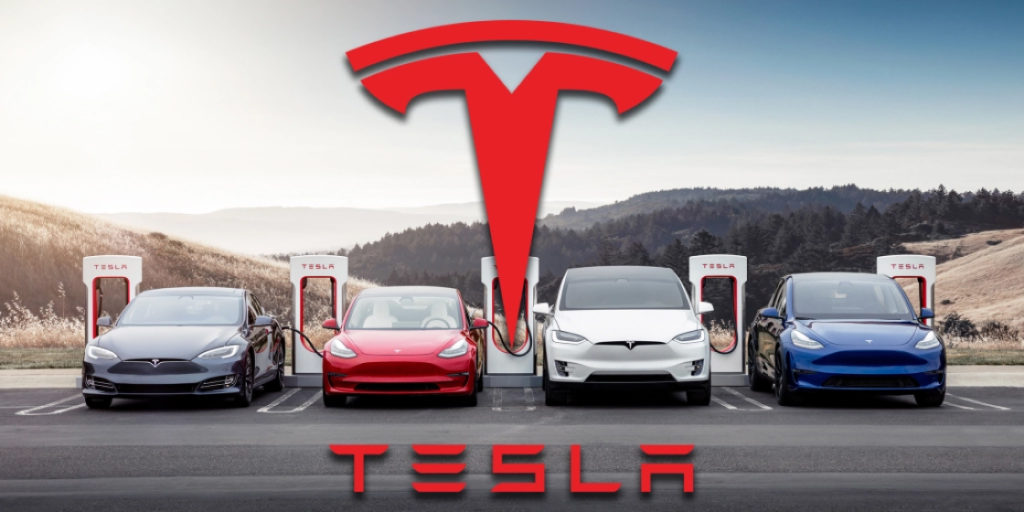
Tesla, under the visionary leadership of Elon Musk, has managed to create a unique and powerful brand in the automobile industry. Their branding efforts are as innovative and forward-thinking as their electric vehicles. Tesla’s brand isn’t just about a logo or a tagline; it’s about an overarching vision for the future of transportation and energy. Tesla’s branding is synonymous with innovation, sustainability, and high-quality design. Their strategy has always been to position themselves as the leaders of the electric vehicle revolution, emphasizing the performance, safety, and environmental benefits of their cars. This clear and compelling narrative around the company’s mission – “to accelerate the advent of sustainable transport” – has resonated with consumers and turned Tesla into more than just a car company, but a symbol of a sustainable future. Every interaction, from their minimalistic yet futuristic product design to their unconventional launch events, reinforces this brand identity, making Tesla one of the most distinct and recognized brands globally.
Nike
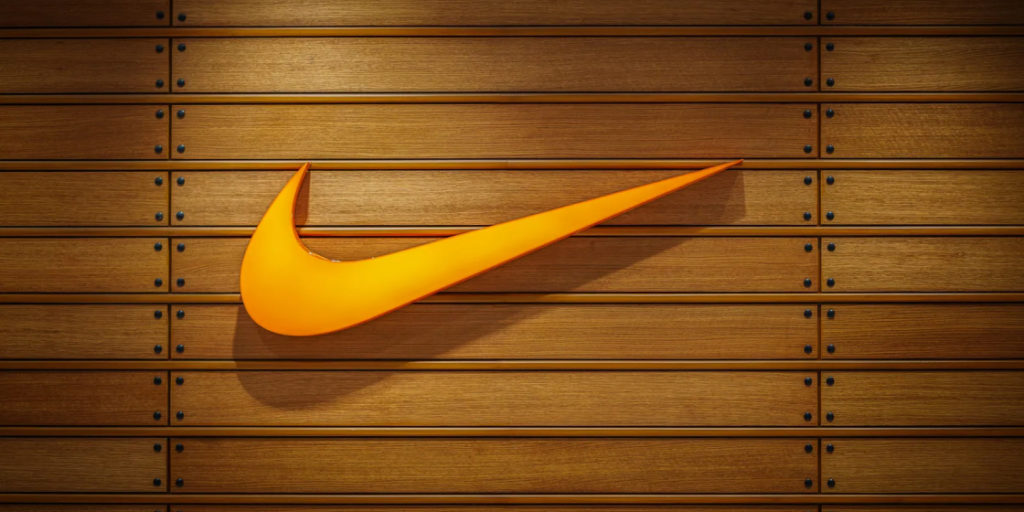
Nike is an exemplary case of successful branding, having turned a simple sports shoe company into a global icon of athleticism and motivation. Nike’s brand is built on the idea of empowering individuals, regardless of their athletic ability, to “just do it.” This slogan, concise and motivational, has become a rallying cry for determination and perseverance worldwide.
The Nike swoosh, one of the most recognized logos globally, is a representation of movement and speed, aligning perfectly with the brand’s core message. However, Nike’s branding goes far beyond its logo and tagline. Every aspect of their branding, from their innovative product designs to their inspirational marketing campaigns, communicates a consistent message of striving for personal achievement.
Nike’s branding also includes partnerships with high-profile athletes, each reflecting the brand’s values of excellence, performance, and resilience. These collaborations provide authenticity and further reinforce the brand’s association with peak athletic performance.
Lastly, Nike has mastered the art of storytelling in their marketing, often focusing on the triumph of the human spirit. Through emotionally-charged narratives, they connect with their audience on a deeper level, making the Nike brand not just about athletic gear, but about the journey of self-improvement and the pursuit of personal goals.
Overall, Nike’s branding is a testament to the power of consistency, emotional connection, and the ability to inspire, making it one of the most influential brands in the world.
McDonald’s
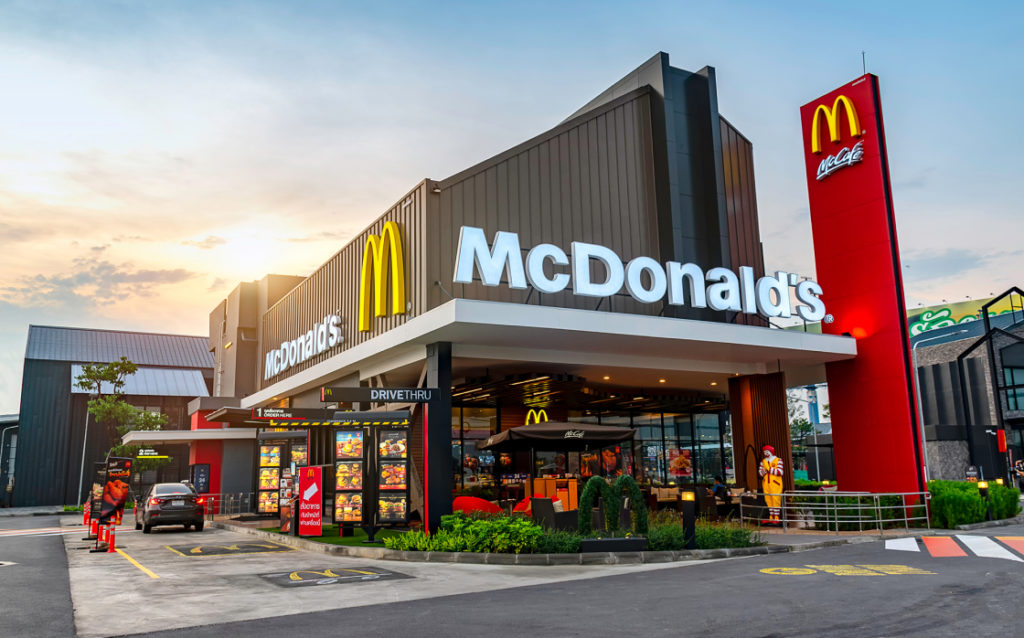
McDonald’s is another masterclass in effective branding. The golden arches of McDonald’s are instantly recognizable worldwide, embodying familiarity, comfort, and consistency. McDonald’s has achieved global dominance in the fast-food industry not only due to its product offering but through its strategic and impactful branding efforts.
The McDonald’s brand is built on the promise of consistent quality, fast service, and a family-friendly environment. Whether you’re in New York or Tokyo, you know exactly what to expect when you walk into a McDonald’s restaurant. This consistency forms the cornerstone of the McDonald’s brand, fostering trust and loyalty among customers.
The company’s use of a simple, memorable logo, the ‘Golden Arches’, has created a visual identity that’s instantly recognizable. This universal symbol, combined with their red and yellow color scheme, has strong visibility and recall value.
Furthermore, McDonald’s has effectively used characters, like Ronald McDonald, and initiatives, such as the Happy Meal, to create a warm, family-friendly brand image. Their advertising campaigns often focus on themes of happiness and togetherness, resonating with a broad audience base.
In terms of branding presence, McDonald’s has made significant strides in digital and physical spaces. They’ve adapted to changing consumer preferences with advancements like app-based ordering and delivery, while maintaining their strong physical presence with strategically located outlets worldwide.
McDonald’s success in branding lies in its ability to maintain consistency while continuously innovating to stay relevant. It has created a brand that transcends cultural and geographical boundaries, making it one of the most powerful and recognizable brands globally.
IKEA
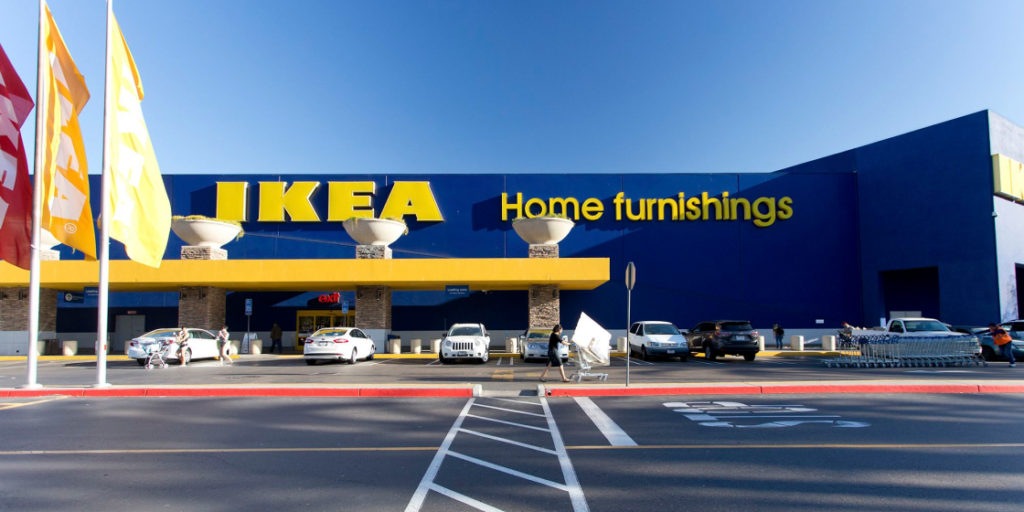
IKEA is another standout example of a company that has expertly mastered the art of branding. The Swedish home furnishings giant has built its brand on the promise of affordable, functional, and stylish design that is accessible to everyone.
IKEA’s brand purpose, “to create a better everyday life for the many people”, is deeply ingrained in every aspect of their business. This egalitarian philosophy is reflected in their product design, store layout, and even in their flat-pack approach to furniture, which empowers customers to be part of the assembly process, thereby saving costs and providing a unique customer experience.
IKEA’s visual identity is characterized by a minimalist Scandinavian aesthetic that has become synonymous with the brand. The iconic blue and yellow of the IKEA logo, a nod to the Swedish national flag, creates an instant visual connection and is instantly recognizable to customers worldwide.
Their branding extends to their stores, which are designed to be immersive experiences, rather than just retail spaces. The labyrinthine store layout guides customers through different sections, showcasing fully set-up rooms that inspire and help customers visualize IKEA products in their own homes.
IKEA also maintains a strong brand presence across multiple channels. Their comprehensive catalogs, interactive website, and innovative AR apps provide customers with numerous ways to engage with the brand and its products. IKEA’s branding success lies in its commitment to its core values and its ability to consistently deliver on its brand promise of affordability, functionality, and democratic design.
TED
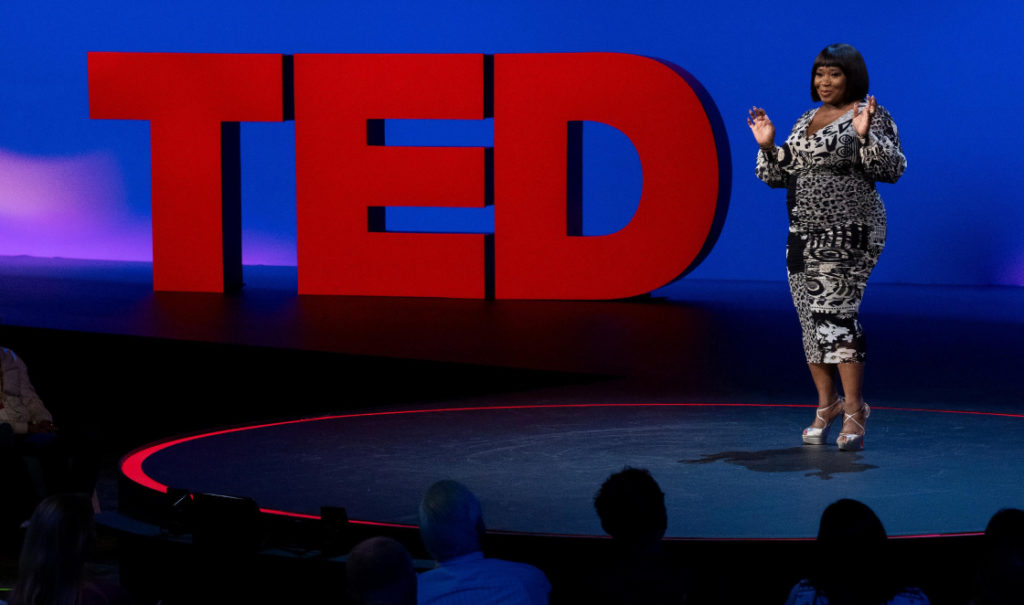
TED (Technology, Entertainment, Design) is a global nonprofit organization that has brilliantly built its brand around the power of ideas. Known for its inspiring TED Talks, the brand has positioned itself as a platform for spreading ideas and sparking conversations on a variety of topics, from science to business to global issues.
TED’s mission, “ideas worth spreading,” is at the heart of its brand. This clear, concise, and impactful mission statement sets the tone for everything TED does, helping to align all its activities with its core brand purpose.
The company’s visual identity is simple yet memorable. The TED logo, written in white against a red background, is instantly recognizable. This minimalist approach allows the focus to remain on the content—the ideas—rather than on flashy visuals.
TED’s brand presence is truly global, thanks to its successful online platform. The TED website and YouTube channel allow free access to all TED Talks, democratizing access to knowledge and ideas. This reinforces the brand’s commitment to spreading ideas and fosters a global community of curious minds.
TEDx, an offshoot of the main brand, further demonstrates TED’s effective branding strategy. TEDx allows independent organizers to host their own TED-style events, thereby expanding the brand’s reach and impact.
Overall, TED’s successful branding lies in its commitment to its mission, its minimalist yet impactful visual identity, and its broad and inclusive online presence. The brand has managed to turn intellectual content into something appealing, engaging, and accessible to a global audience, proving that indeed, they are a platform where ideas worth spreading find their home.
Amazon
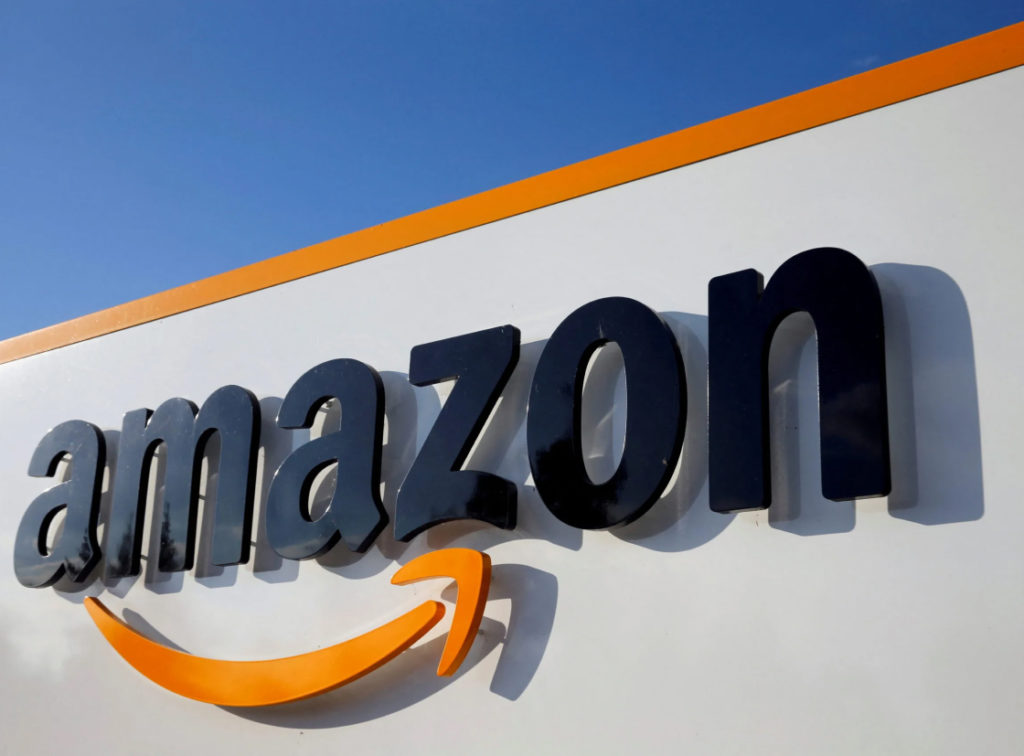
Amazon is an example of a brand that has created an exceptional identity for itself in the global marketplace. Starting as an online bookstore, Amazon has consistently expanded its offerings and transformed into the world’s largest e-commerce platform. But it’s not just the wide array of products that sets Amazon apart, it’s their commitment to customer-centricity that truly defines their brand.
The company’s mission, “to be Earth’s most customer-centric company,” drives everything they do. This commitment to the customer is a significant part of Amazon’s brand identity and has helped the company earn the trust and loyalty of millions worldwide.
Amazon’s visual identity is simple but effective. The company’s logo, a smiling arrow that goes from A to Z, symbolizes that they offer everything from A to Z and the smile that customers would experience by shopping on their platform. This small visual element serves as a constant reminder of Amazon’s brand promise: delivering a wide range of products promptly to make customers happy.
Amazon’s brand presence is robust and global. They’ve built a platform that’s not only a retail marketplace but also includes digital streaming, cloud computing, and artificial intelligence. They’ve positioned themselves as an integral part of their customers’ lives, delivering everything from daily essentials to entertainment.
Amazon Prime, their subscription service, further reinforces their customer-first approach by offering benefits like free shipping, streaming access, and exclusive deals.
In conclusion, Amazon’s branding strategy revolves around their customer-centric philosophy, a simple yet powerful logo, and their diverse offerings that touch many aspects of their customers’ lives. Their success is a testament to the power of understanding your audience and consistently delivering on your brand promise.
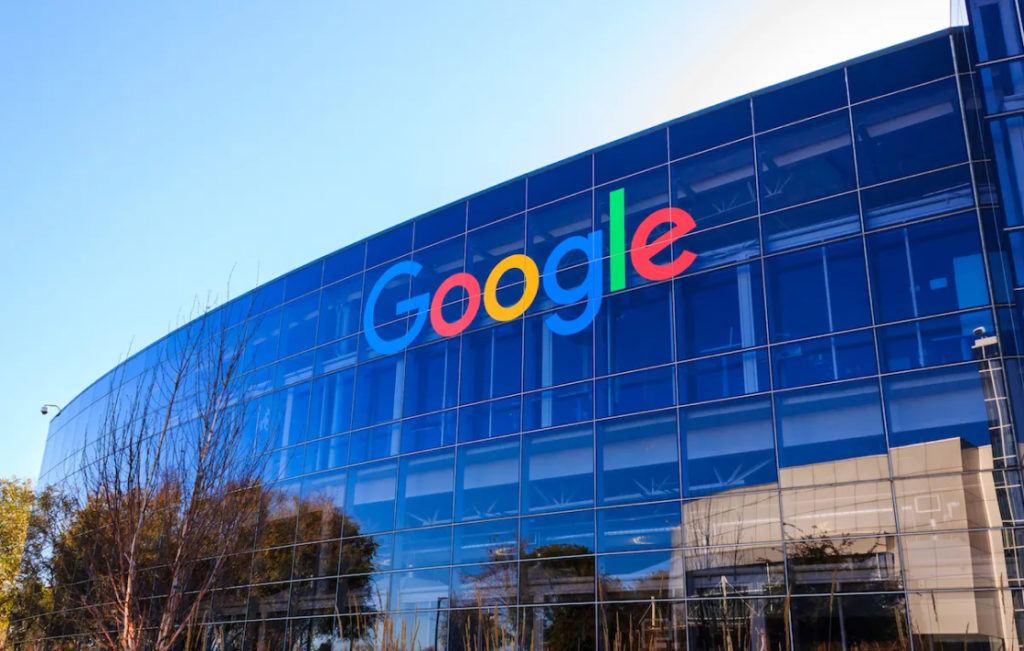
Google is an outstanding example of successful branding. It started as a simple search engine and has grown into a global technology giant with its hand in everything from email services to self-driving cars.
Google’s mission, “to organize the world’s information and make it universally accessible and useful,” is at the heart of its brand. This clear purpose has guided its expansive product portfolio, from Google Search to Google Maps, Gmail, Google Docs, and beyond. This purpose-driven approach ensures that every product Google creates is aligned with their mission, making the brand coherent and authentic.
Google’s visual identity is famously simple yet instantly recognizable. The multicolored Google logo, with its clean typography, is playful and approachable, reflecting the company’s innovative and human-centered approach. Google Doodles, the fun and creative alterations of the logo, bring a sense of delight and surprise to users, reinforcing the brand’s personality.
Google’s brand presence is global and pervasive. Through its wide array of services, Google has become a part of everyday life for billions of people. Its name has even become a verb, replacing “search” in everyday language, which speaks volumes about its impact.
What sets Google apart is its consistent commitment to innovation and making information accessible. Its branding isn’t just about its logo or products; it’s about its commitment to improving the lives of its users. By remaining true to its mission and values, Google has built a powerful brand that stands for innovation, accessibility, and utility.
Loreal
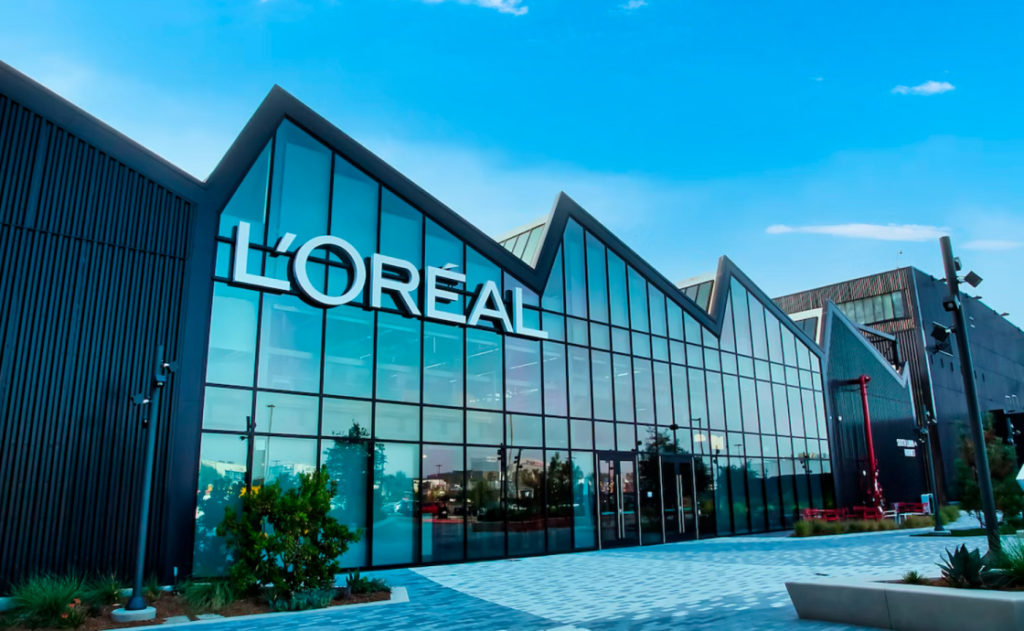
L’Oréal is a brilliant example of a company that has built an impressive brand. It is the world’s largest cosmetics company, renowned for offering a wide range of beauty products to meet the diverse needs and desires of consumers worldwide.
L’Oréal’s brand purpose, “Offering all women and men worldwide the best of cosmetics innovation in terms of quality, efficacy, and safety,” clearly communicates its commitment to innovation and inclusivity in beauty. This purpose is weaved seamlessly into its brand narrative, from its product development to marketing campaigns.
The visual identity of L’Oréal is elegant, sophisticated, and feminine, mirroring its commitment to beauty and excellence. Its logo, a stylized representation of the company’s name, is simple and easily recognizable, lending a sense of credibility and trustworthiness.
L’Oréal’s brand presence is strong, both online and offline. Through its extensive product range and high-profile collaborations with celebrities and influencers, L’Oréal has managed to stay relevant and appealing to a broad audience. It also engages consumers through a variety of channels, from traditional advertising to digital and social media platforms, thereby maintaining a vibrant and dynamic brand presence.
Perhaps the most defining aspect of L’Oréal’s branding success is its commitment to “Beauty for All.” This commitment to diversity and inclusivity in beauty is reflected in its wide range of products catering to different skin types, tones, and personal preferences, as well as its diverse representation in advertising. By staying true to its purpose and values, L’Oréal has built a powerful brand that stands for beauty, innovation, and inclusivity.
Apple
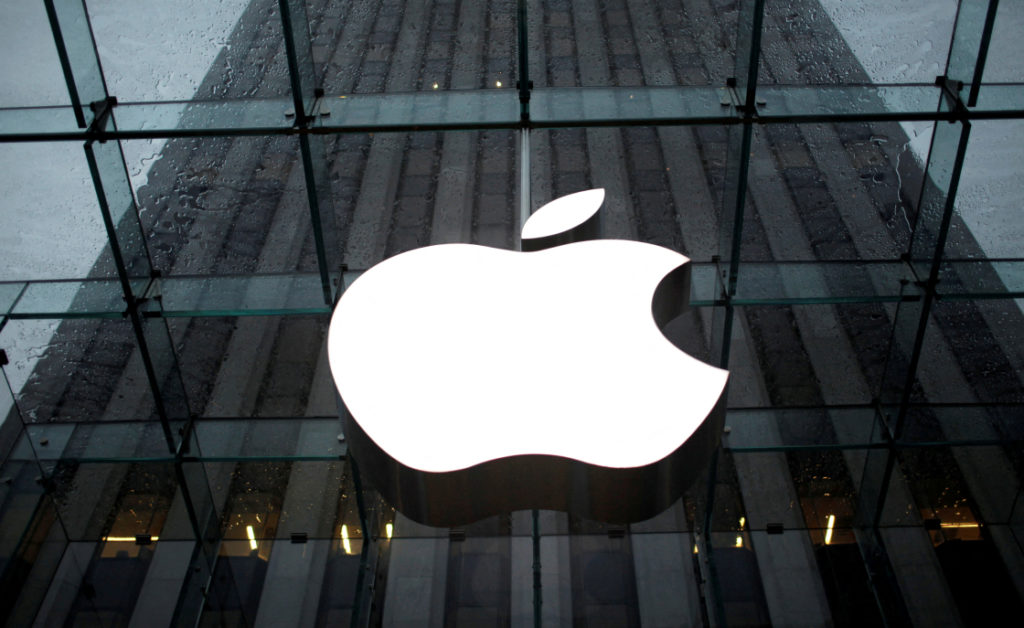
Apple is a masterclass in effective branding. Its brand transcends beyond just its products; it represents a lifestyle, an attitude, and a set of values that resonate deeply with its audience.
Apple’s purpose is clear and compelling: to bring the best user experience to its customers through innovative hardware, software, and services. This is encapsulated in their tagline, “Think Different,” which sets the tone for the entire brand. It’s an invitation to challenge the status quo and see the world from a fresh perspective.
In terms of visual identity, Apple’s design aesthetic is minimalist, clean, and modern, mirroring the sleek design of its products. The iconic Apple logo is universally recognized, embodying elegance, creativity, and innovation – all key attributes of the brand.
Apple’s brand presence is widespread and consistent across all touchpoints. Whether it’s the design of their retail stores, the user interface of their devices, or their advertising campaigns, each element is distinctively “Apple.”
The brand’s key differentiator lies in its unwavering commitment to innovation and design. Apple doesn’t just sell products; it sells beautifully designed, user-friendly devices that integrate seamlessly into everyday life.
The brand’s personality is innovative, inspiring, and slightly rebellious, which comes across in every facet of their business, from their groundbreaking product launches to their bold marketing campaigns.
Lastly, Apple’s core message is about empowering people through technology. This is reflected in their product design, customer service, and marketing efforts. They’ve consistently told a story of how their products can transform the way we live, work, and communicate. By staying true to this message, Apple has cultivated a loyal customer base that not only buys their products but also believes in what the brand stands for.
Starbucks
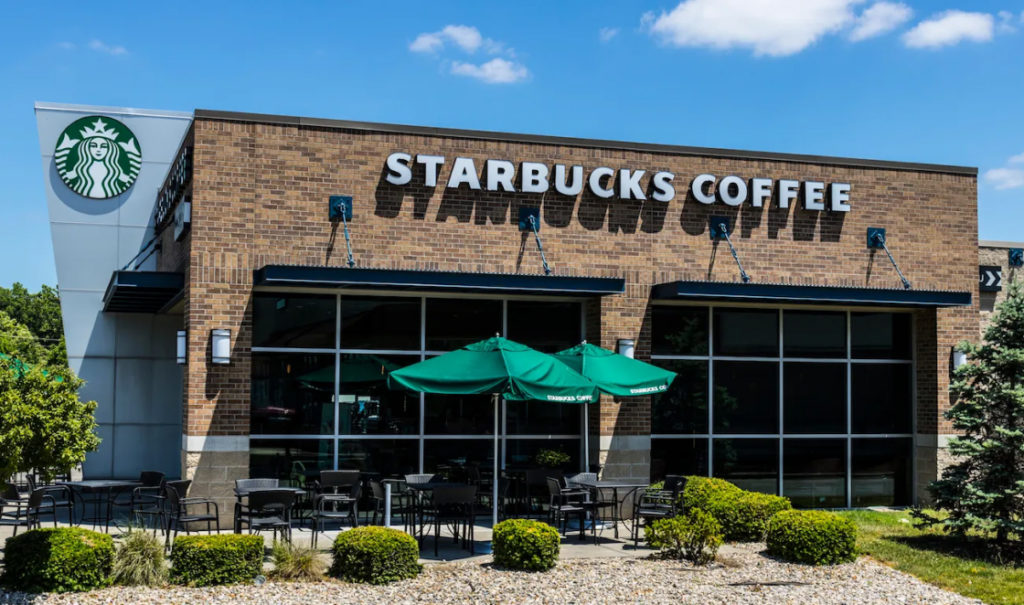
Starbucks has expertly crafted a brand that goes beyond selling coffee; it offers a unique and consistent customer experience worldwide, centered around its mission “to inspire and nurture the human spirit – one person, one cup and one neighborhood at a time.”
Starbucks’ visual identity is instantly recognizable, with its green and white mermaid logo becoming a global symbol for high-quality coffee. This visual consistency extends to its store design, packaging, and promotional materials, giving Starbucks a strong, coherent brand image.
The company’s brand presence is evident in its global ubiquity and its commitment to creating a ‘third place’ for customers – a comfortable space between home and work where customers can relax, enjoy a cup of coffee, and feel a sense of community. This idea is reinforced through the layout and ambiance of Starbucks stores, which are designed to be inviting and homely.
Starbucks’ key differentiator is its emphasis on customer experience. While it offers a wide range of high-quality coffee and food products, what sets Starbucks apart is its commitment to providing a unique and personalized experience for every customer, from the ability to customize orders to the friendly interaction with baristas.
The brand’s personality can be described as warm, inviting, and community-focused, reflecting its mission to inspire and nurture the human spirit. Starbucks’ voice is friendly and approachable, whethaer through in-store interactions, social media posts, or advertising campaigns.
Starbucks’ name, tagline, and promise are all centered around its commitment to providing a unique and high-quality experience. Its core message is about more than just coffee; it’s about creating a sense of belonging and community, one cup at a time. This focus on community, quality, and customer experience has allowed Starbucks to build a powerful brand that resonates with millions of customers worldwide.
Unlock the Power of Your Brand with Stormbreaker!
Let our BCT Framework revolutionize the way you approach branding, content, and traffic. Witness a transformation as we harmoniously integrate these three elements, creating a synergy that propels your brand to new heights. Don’t stay stuck in the past, it’s time to step into the future of marketing.
Are you ready to ride the storm?